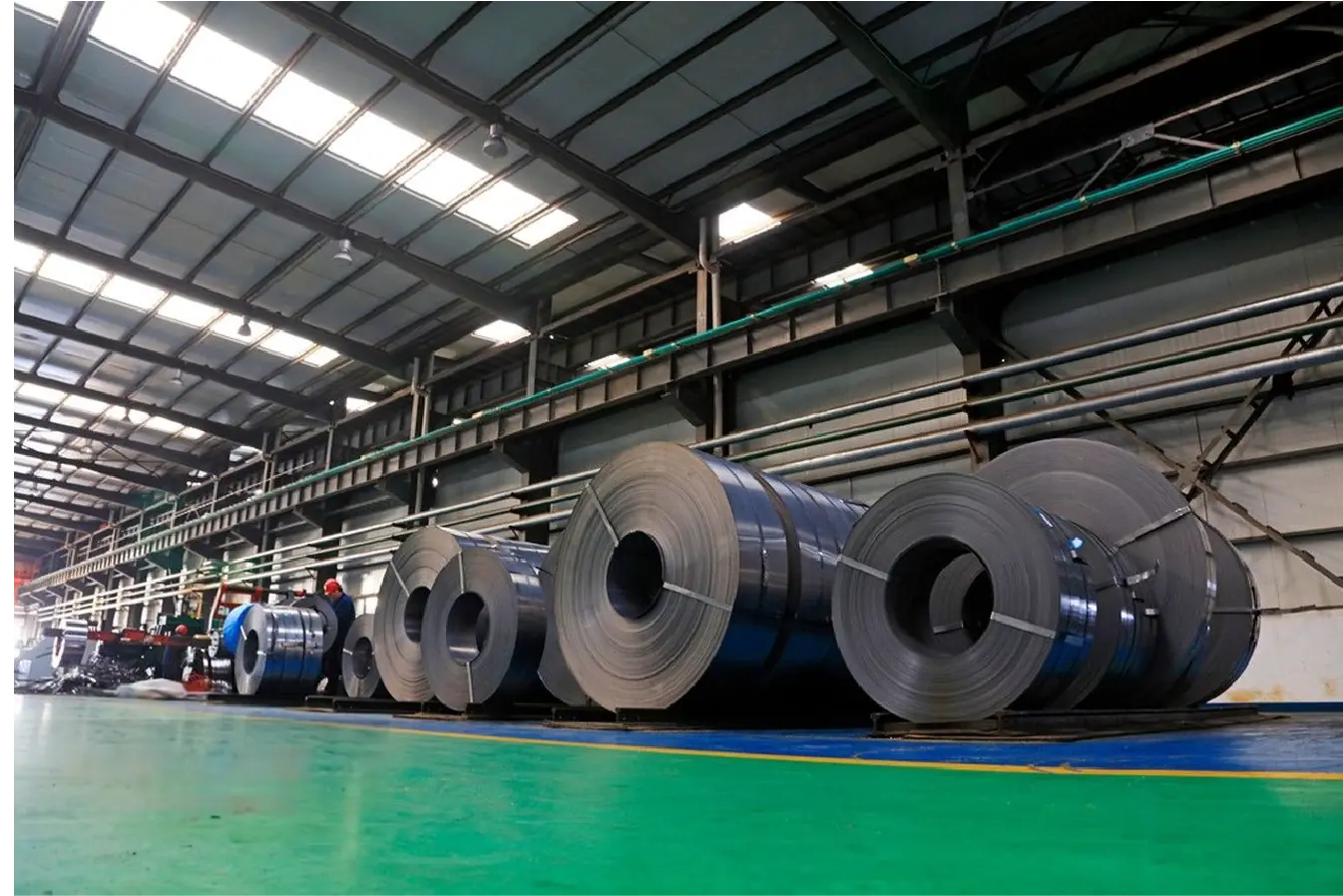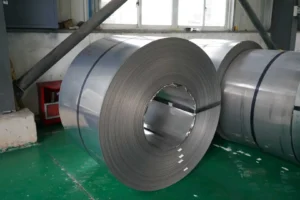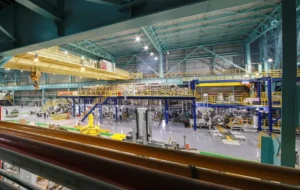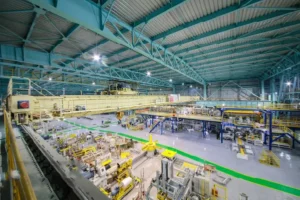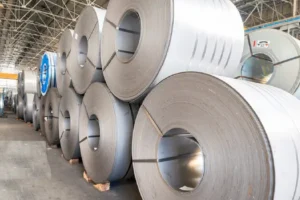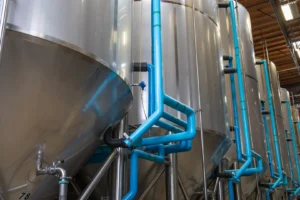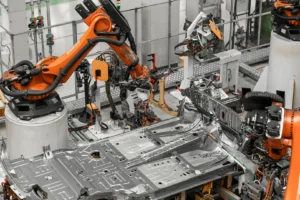How to Choose Between 304 and 316 SS? A Comparison of Performance
Choosing the wrong stainless steel can lead to catastrophic failures. This mistake costs not just money, but your reputation. We'll help you make the right choice every time.
The primary difference between 304 and 316 stainless steel is that 316 contains molybdenum. This addition gives 316 superior corrosion resistance, especially against chlorides and saline environments. For general use, 304 is cost-effective, while 316 is essential for marine or chemical applications.
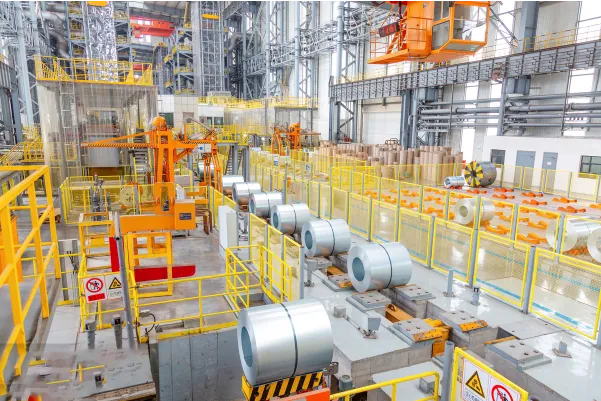
At MFY, I’ve guided countless partners through this exact decision. It’s one of the most common questions we receive, and getting it right is fundamental to project success. The choice isn't just about technical specifications; it's about balancing upfront investment with long-term value and operational reliability. Let's break down the details so you can select your material with complete confidence.
What are the key differences between 304 and 316 stainless steel?
Unsure about the chemical makeup? This confusion often leads to costly material mismatches. We will clarify the core distinctions that define their performance, cost, and ultimate application suitability.
The key difference is chemical composition. 316 stainless steel contains 2-3% molybdenum, which 304 lacks. This single element dramatically enhances its resistance to corrosion from chlorides and acids, making it a more durable, albeit more expensive, option for harsh environments.
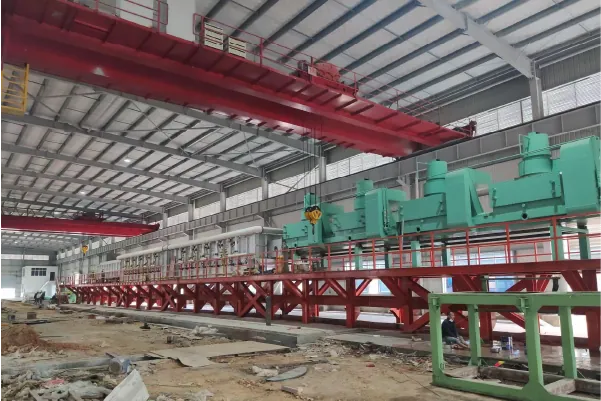
In my role as Global Business Director, I emphasize that understanding the material at a molecular level is crucial for our partners. It's not just about picking from a catalog; it's about strategic material science. The decision between 304 and 316 comes down to one critical element: molybdenum. While both grades are austenitic stainless steels with high amounts of chromium and nickel, the addition of molybdenum in 316 is a game-changer.
Chemical Composition
The foundation of their different behaviors lies in their elemental makeup. Both are part of the "18-8" family, referring to their approximate chromium and nickel content, but 316 has that extra ingredient that provides a significant performance boost.
| Element | Grade 304 (%) | Grade 316 (%) | Impact |
|---|---|---|---|
| Chromium (Cr) | 18.0 - 20.0 | 16.0 - 18.0 | Primary element for corrosion resistance (forms passive layer) |
| Nickel (Ni) | 8.0 - 10.5 | 10.0 - 14.0 | Improves formability, weldability, and toughness |
| Molybdenum (Mo) | - | 2.0 - 3.0 | Significantly enhances resistance to pitting and crevice corrosion |
| Carbon (C) | ≤ 0.08 | ≤ 0.08 | Affects strength and weldability |
Corrosion Resistance and Cost
The presence of molybdenum in 316 steel makes it far more resistant to pitting and crevice corrosion, especially in environments containing chlorides (like seawater or de-icing salts). This enhanced protection comes at a price. Molybdenum is a relatively expensive alloying element, which makes 316 stainless steel more costly than 304. However, as we often advise our clients, this higher initial cost is frequently offset by a longer service life and lower maintenance expenses in demanding applications.
How do 304 and 316 stainless steel perform under various environmental conditions?
Will your chosen steel withstand the elements? A wrong choice can lead to premature rust and structural failure. We'll show you how each grade performs in different real-world settings.
304 stainless steel performs excellently in most indoor and mild outdoor environments. However, 316 is superior in harsh conditions, such as coastal areas with salt spray, locations with de-icing salts, and industrial settings with chemical exposure, due to its enhanced resistance to pitting corrosion.
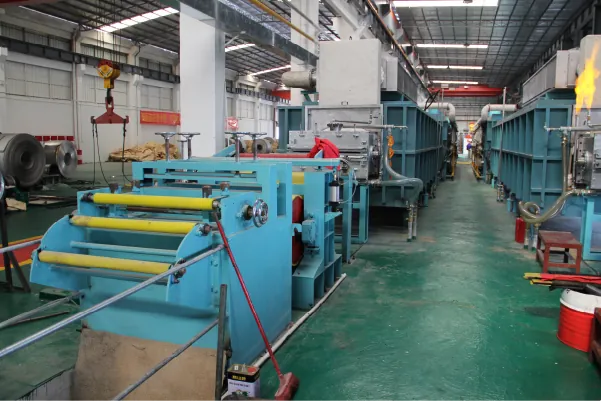
I recall a project with an engineering contractor in Southeast Asia. They initially specified 304 for structural supports on a coastal processing plant to save on costs. We strongly advised against it. After reviewing performance data and lifecycle cost projections we provided, they switched to 316. Two years later, a competitor's nearby facility, built with 304, was already showing significant corrosion and required costly repairs. Our client's facility looked pristine. This is a perfect example of how the right material choice, guided by environmental understanding, protects the investment.
Marine and Coastal Environments
This is where the difference is most stark. The high concentration of airborne salt (chlorides) in coastal areas aggressively attacks 304 stainless steel, leading to unsightly rust stains and pitting. Grade 316, thanks to its molybdenum content, withstands this saline assault, making it the only reliable choice for marine hardware, coastal architecture, and offshore platforms.
Industrial and Chemical Settings
In our work with manufacturing companies, we see a wide range of chemical exposures. 304 is suitable for food processing where it resists organic acids. But for chemical processing plants, pharmaceutical manufacturing, or wastewater treatment facilities, 316 is non-negotiable. It offers better resistance to sulfuric acids, chlorides, bromides, and other harsh industrial chemicals that would quickly degrade 304.
General Atmospheric Conditions
For applications in dry, non-polluted inland areas, 304 stainless steel is more than sufficient. It provides excellent aesthetic appeal and corrosion resistance for indoor applications like kitchen appliances, sinks, and decorative trim, as well as for outdoor architectural paneling in low-pollution urban environments. In these cases, using 316 would be an unnecessary expense.
What factors should influence your choice between 304 and 316 stainless steel?
Balancing cost and performance is a constant challenge. Making the wrong trade-off can hurt your bottom line and your project's integrity. I will outline the critical factors to guide your decision.
Your choice should be based on three key factors: the corrosive nature of the environment, the required mechanical properties and durability for the application, and the total lifecycle cost, which includes the initial purchase price and long-term maintenance expenses.
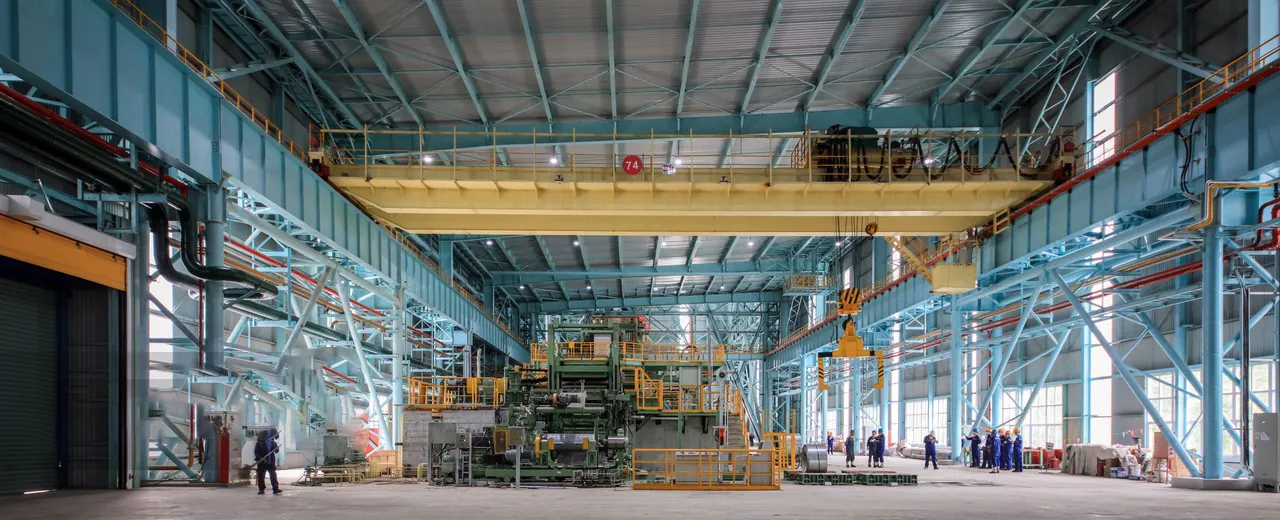
At MFY, we believe in empowering our clients to make informed decisions. It's not about selling the most expensive product; it's about providing the right solution. The selection process should be a strategic analysis of needs versus costs. We always encourage our partners to think beyond the initial quote and consider the total cost of ownership over the component's entire lifespan. This perspective shift often reveals that the slightly more expensive material is, in fact, the most economical choice.
Factor 1: Environmental Exposure
This is the most critical question. Will the material be exposed to salt, whether from the ocean, de-icing salts on roads, or industrial processes? Will it come into contact with aggressive chemicals or acids? If the answer to any of these is yes, 316 is the safer and more reliable option. If the environment is mild and controlled, 304 is likely sufficient.
Factor 2: Application and Mechanical Requirements
While both grades have similar mechanical properties in terms of strength and hardness, you must consider the application's demands. Is weldability a primary concern? Both are excellent, but different filler rods are needed. Is deep drawing required? 304 is sometimes slightly better. The function of the part is just as important as the environment it lives in.
Factor 3: Lifecycle Cost Analysis
Don't just look at the price per kilogram. Consider the total cost over the product's life.
| Cost Factor | Grade 304 Scenario (Harsh Environment) | Grade 316 Scenario (Harsh Environment) |
|---|---|---|
| Initial Material Cost | Lower | Higher |
| Maintenance Costs | High (frequent cleaning, repair) | Low (minimal maintenance) |
| Replacement Costs | High (shorter service life) | Low (longer service life) |
| Total Lifecycle Cost | High | Lower |
This analysis clearly shows how investing in 316 upfront can lead to significant long-term savings in demanding applications.
What are the common applications for 304 and 316 stainless steel?
Not sure which grade fits your industry? Using the wrong one can be a liability. Let's look at where each grade is a proven performer across various sectors.
304 stainless steel is widely used for kitchen equipment, food processing machinery, architectural paneling, and automotive trim. 316 is the standard for marine hardware, chemical processing equipment, medical implants, pharmaceutical manufacturing, and wastewater treatment facilities due to its enhanced corrosion resistance.
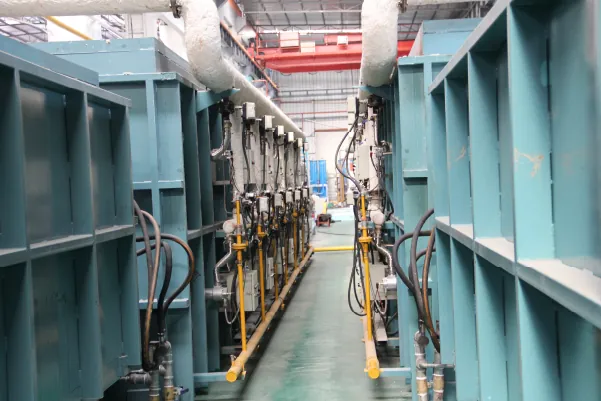
Our fully integrated supply chain at MFY gives us a unique view of how these materials are deployed across the globe. We see the flow of 304 coils to appliance manufacturers and 316 pipes to major construction contractors for desalination plants. This breadth of experience allows us to see patterns and best practices. The right application is about leveraging the specific strengths of each grade where they can provide the most value. Choosing the industry standard is often the safest bet because it is based on decades of real-world performance.
Typical Applications for Grade 304 (The Workhorse)
Grade 304 is the most versatile and widely used stainless steel. Its excellent combination of corrosion resistance, formability, and value makes it the default choice for a huge range of products.
- Food & Beverage: Tanks, piping, fermentation vats, and food preparation equipment.
- Architecture: Interior and exterior paneling, railings, and trim in non-coastal areas.
- Consumer Goods: Kitchen sinks, cutlery, appliances, and cookware.
- Automotive: Exhaust systems, trim, and grills.
Typical Applications for Grade 316 (The Protector)
When conditions get tough, Grade 316 is the material of choice. Its resistance to chlorides and acids makes it essential for applications where failure is not an option.
- Marine: Boat fittings, railings, anchors, and fasteners.
- Chemical Processing: Tanks, pipes, valves, and reactors for handling corrosive chemicals.
- Medical & Pharmaceutical: Surgical instruments, medical implants, and sterile manufacturing equipment.
- Wastewater Treatment: Components exposed to harsh chemicals and chlorides.
- Coastal Infrastructure: Architectural features, structural supports, and cladding near the sea.
What are our recommendations for selecting the right stainless steel grade for your needs?
Feeling overwhelmed by the options? Making a final choice can be stressful. We will provide a clear, actionable framework to help you select the right material with confidence.
At MFY, we recommend a simple rule: if your application involves any exposure to salt, chlorides, or harsh industrial chemicals, invest in 316. For all other general-purpose applications where severe corrosion is not a concern, 304 offers excellent performance and value.
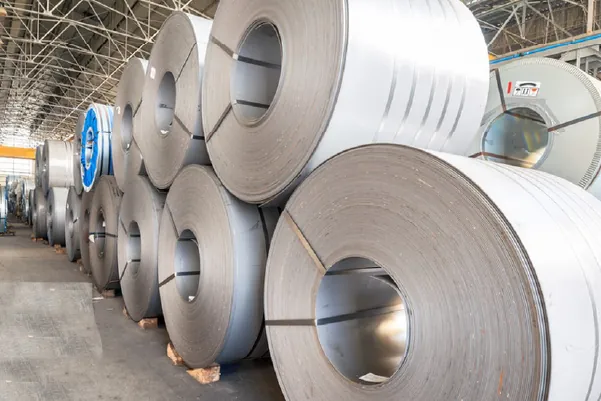
Our mission at MFY is to be more than just a supplier; we are your partner in manufacturing and construction. Our agility and integrated supply chain mean we can deliver the right material quickly, but our real value lies in the expertise we share. We help you optimize your projects for both performance and cost-effectiveness. When you work with us, you are not just buying steel; you are accessing decades of industry knowledge.
Step 1: Assess the Environment
First, be brutally honest about the service environment.
- Is it indoors or outdoors?
- Is it near the coast or in a dry, inland location?
- Will it be exposed to de-icing salts?
- Will it come into contact with acids or other industrial chemicals?
Answering these questions will point you directly to either 304 or 316.
Step 2: Consider the Application's Demands
Think about the longevity required. Is this a temporary structure or a critical component designed to last for decades? A higher initial investment in 316 for a long-term, critical application is a wise business decision that enhances your company's reputation for quality and resilience.
Step 3: Consult with Your Supplier
Finally, talk to us. As your partner, we can provide technical data sheets, performance case studies, and pricing information to help you conduct a thorough total cost of ownership analysis. We are committed to helping you succeed because your success is our success. With our production capacity and rapid export delivery, we can ensure you get the right material, right on schedule.
Conclusion
Choosing between 304 and 316 is simple: match the material's corrosion resistance to your environment's demands. This ensures long-term performance, reliability, and the best overall value.
Have Questions or Need More Information?
Get in touch with us for personalized assistance and expert advice.
